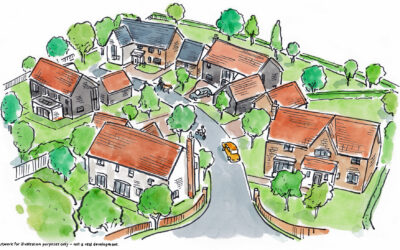Related Case Studies

Heritage Consultancy, Planning Appeals, Unique Homes and Self Build
Heritage Consultancy, Residential
Where do I get Heritage and Archaeology advice in Suffolk?
Is your project is adjacent to or include any historic buildings, conservation areas, non-designated heritage assets, scheduled monuments, listed buildings? Then contact us to discuss your proposal.
We can offer advice and recommendations on how to minimise any harm, address concerns from council officers, apply for consent, as well as drafting supporting heritage and planning statements.
Our clients benefit from a quality range of heritage and conservation services in-house. Our heritage consultants work from our offices in Cambridge, Bury St Edmunds, Suffolk and Norwich, Norfolk. Did you know that we have in-house archaeological services too?
Case Study: Heritage Impact Assessment & Planning Statement in Suffolk
Background: Our Suffolk Planning Consultants & Heritage Consultants achieved planning permission on an application. Here we provided the Heritage Impact Assessment and Planning Statement.
The Proposal was for a replacement dwelling, from the demolition of the existing bungalow required a Heritage Impact Assessment to discuss why the proposal would not harm the setting and significance of the nearby Grade II* listed church and a Grade II War Memorial. The project also needed planning input, arguing that with permitted development rights the owner could carry out a significant amount of development without consent anyway. The demolition of the existing modern dwelling was therefore considered permitted development and consent was not required. However, planning permission would be required for the new dwelling.
Our Advice: The site is located east of the Grade II* Church of St Peter and west of Grange Farm (undesignated heritage assets) along Church Lane, a single-track road. It is also nearby a Grade II War Memorial. Located within the site is an archaeological ‘Find Spot’ where a Small Palaeolithic hand-axe was found. This indicates that the site may contain additional historic remains and it is suggested that an archaeological condition be considered in case of any further finds being discovered.
Despite the new building being two-storey, it was be sufficiently away from the boundary that the impact will be minimal. Therefore, the proposed new dwelling did not significantly or negatively harm the setting or character of the Grade II* Listed Church or the adjacent Grade II War Memorial. If anything, there would be less than substantial harm based upon the assessment we gave.

Heritage Consultancy, Planning Appeals, Unique Homes and Self Build